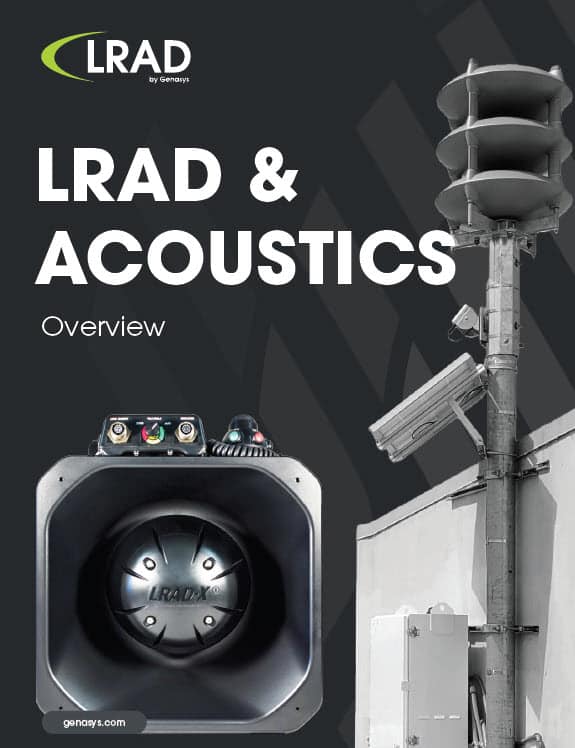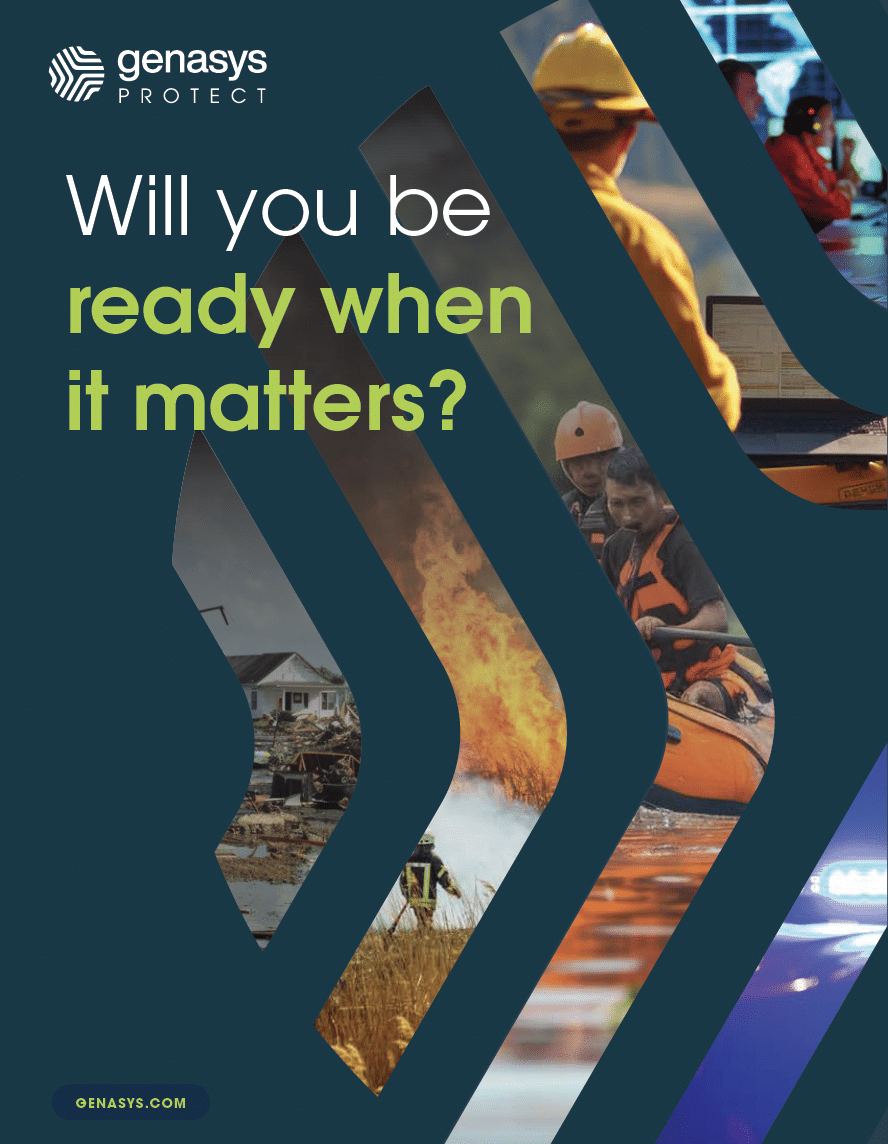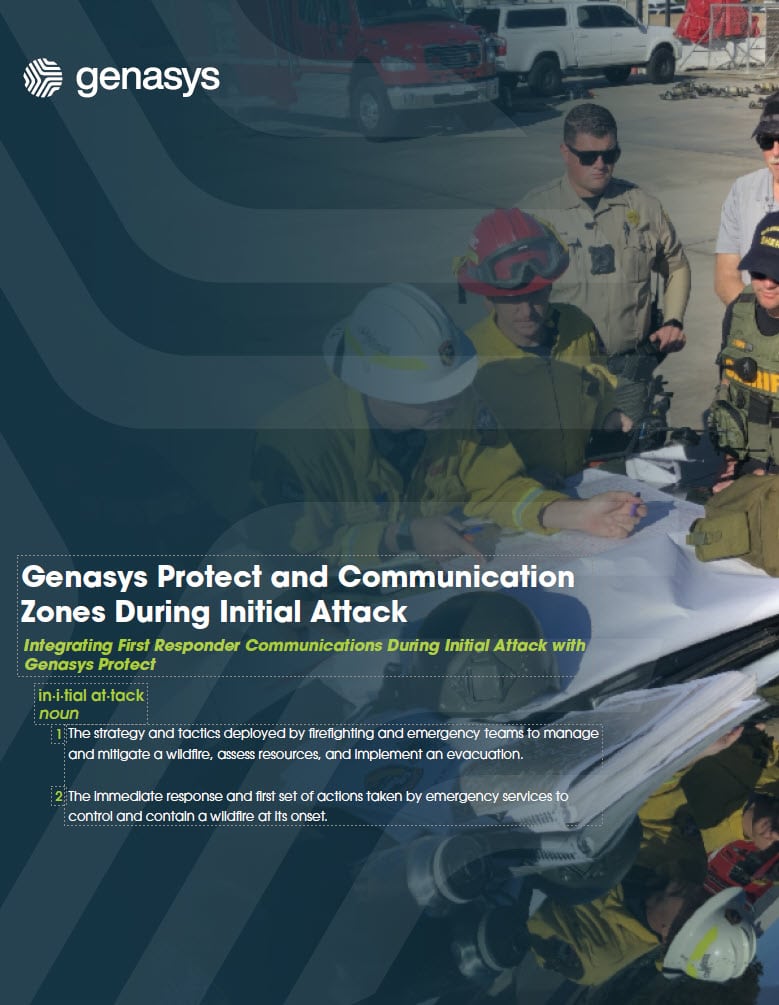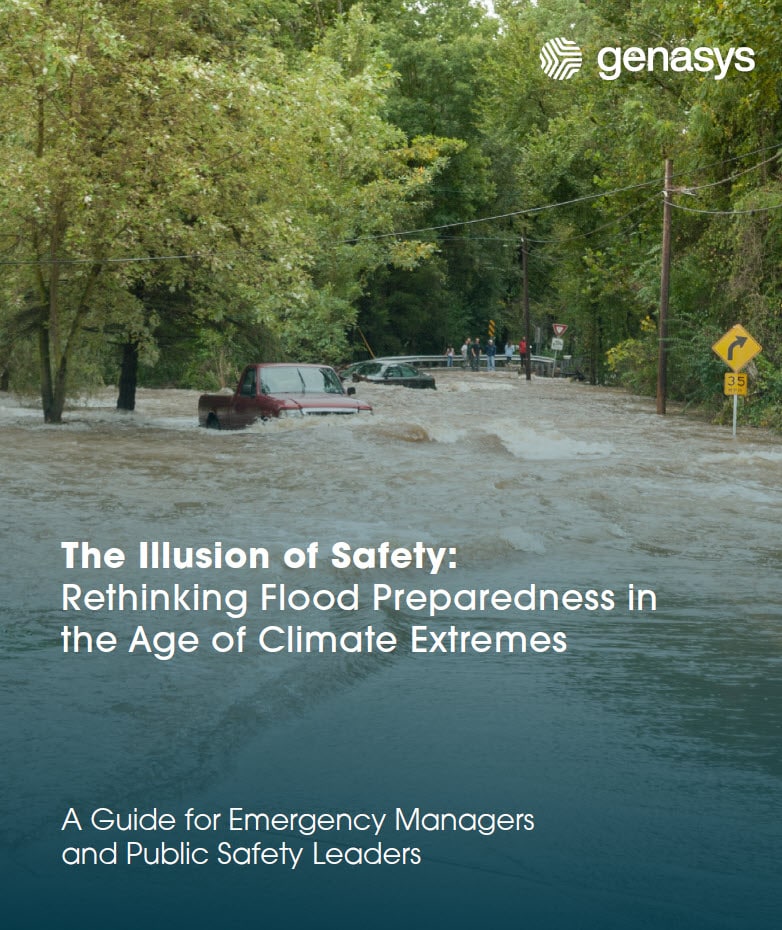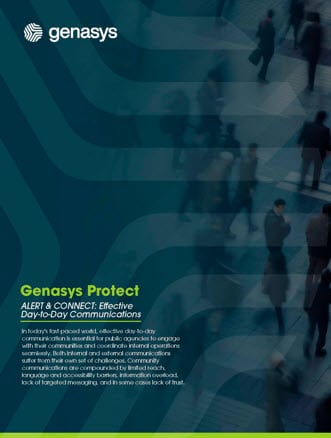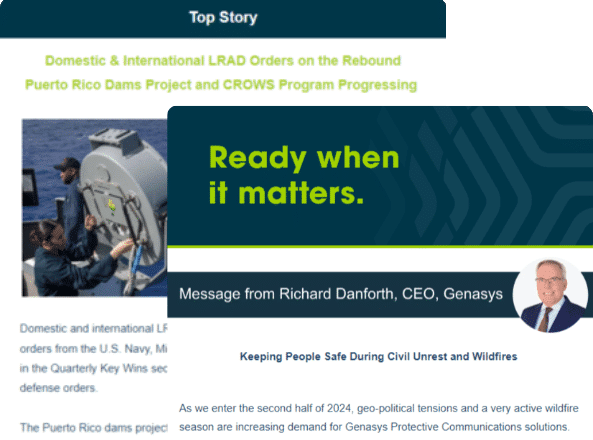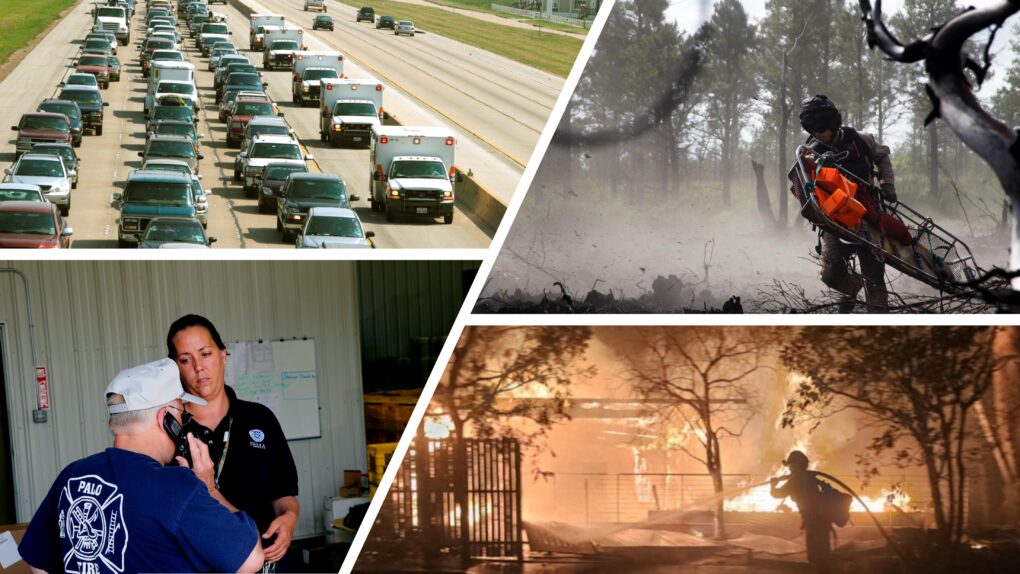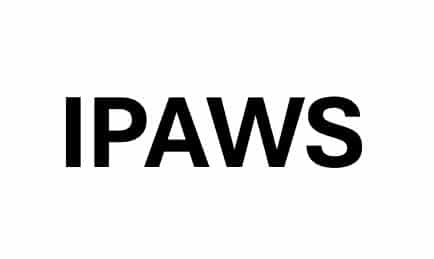By Lewis Clark, Product Manager Genasys ALERT
Alerting the public to impending natural or human-caused disasters is critical when lives and property are at stake. Since 2006, the Integrated Public Alert and Warning System (IPAWS), along with the National Public Warning System (NPWS), has been used to notify communities through a full range of dissemination vehicles.
Directed through the Federal Emergency Management Agency (FEMA), the strategic plan for 2022 to 2026 is to “expand, improve, and reinforce” the IPAWS program while continuing to evolve the warning and alerting ecosystem. Through partnerships with federal, state, tribal, territorial, local, and industry participants, the IPAWS system is extremely effective when notifying the public about natural disasters, like wildfires, flooding, and weather-related emergencies, as well as missing children and at-risk adults, local emergency police responses, evacuations, road closures, and severe weather alerts.
What Are Public Safety Alerts?
Through the geo-targeting alert blasting capabilities of the Wireless Emergency Alert (WEA) System, IPAWS alerts reach cell phones even when not subscribed to a local alerting service. IPAWS can also connect to the Emergency Alert System (EAS) for radio, TV, and cable alerts, and to the National Oceanic and Atmospheric Administration (NOAA) Weather Radio System.
With over 1,700 alerting authorities, this public safety alert system delivers over 600 WEA alerts each month, including notifications for the AMBER Alerting System for over 180 kids located through the United States.
Challenges when Designing an Effective Public Safety Alert System
As FEMA strategizes on improvements for the public safety alert system, it’s important to understand some of the challenges and limitations so that as you design or upgrade your public safety alert system, you can also consider these implications:
- Technology — Radio, TV, and weather radios are less effective than they once were. People are far more likely to receive their alerts on a mobile device (>95% of respondents according to a recent survey) outpacing PCs and laptops for the first time. Without key technology upgrades and the right communication channels, you aren’t reaching the maximum number of constituents.
- Diversity of Population — With a diverse population, language is a significant consideration for an effective public safety alert system. You may be able to reach most of the community, but can they understand your message?
- At-Risk Populations — Those with limited access and the unhoused population are at risk all the time, but even more so in the event of an emergency. Public safety alerts need to be able to reach those people with limited means and/or access to traditional alerting avenues. While improvements have been made since Hurricane Katrina (which shined a bright light on the problem), constant vigilance is required to ensure no one is slipping through the cracks.
- Growing Emergency Situations — Wildfires, floods, hurricanes, tornados, collapsing infrastructure, overwhelmed emergency services…we need to ensure that the resources keep pace with the growing level of emergencies.
How Do You Ensure Critical Communications for Community and Enterprise Safety?
Whether you are responsible for a community of thousands or a small business, you want to have reliable multi-channel alerts that reach any device and any network with a simple click.
Today’s software platform technology supports two-way communications while seamlessly integrating into life-safety applications that are scalable and adaptable. From a single dashboard, you can deliver public safety alerts on iPhone, Android, and other hand-held devices, wired access to SMS and MMS on PCs, laptops, and tablets, plus emails, texts, voice alerts, paging, TV scrolls, or voice broadcast speaker array systems.
When considering a platform solution, ensure that it offers multi-channel feeds through satellite connectivity, as well as each of these options:
- Monitors government agencies like NOAA, IPAWS, and NPWS.
- Delivers messages within a geofence regardless of opt-in.
- Enables seamless integration with physical security sensor systems to initiate lockdowns, etc.
- A common operating picture that allows all participating authorities to visualize the same critical information during emergencies.
- Auto Discovery feature to send alerts to people who are not registered.
- Ability to publish alert messaging to social media, such as Facebook and X (or Twitter).
- Integrate with emergency agencies and data sources.
- Equipped with two-way communications for internal collaboration.
- Disaster and traffic modeling capabilities to create comprehensive crisis plans and adapt swiftly.
6 Achievable Rewards with a Fully Integrated Public Safety Alert System
So, what makes a system like this worthwhile? Saving lives. The very root of any protection communication platform is ensuring the safety of your constituents.
In addition, you can boost your team performance and recognize the following six ‘wins’:
- Improve safety for your community or workspace
- Ability to communicate with large mobile groups to strengthen community resilience and trust or coordinate workplaces with mobile task forces
- Enhance decision-making during high-stakes emergencies
- Increase risk management effectiveness
- Model and plan for emergencies
- Create a resilient community or workplace that crisis ready
To Learn More
You may be thinking this sounds great, but how do we actualize it in practice within our community?
Talk to an expert — Genasys has multi-tiered experience in protective communications, safety technology, and physical acoustic systems. The Genasys experts can help design a public safety alert system that can harness national and local alert messaging, plus develop a comprehensive two-way notification solution for you and your constituency.
Contact Genasys to learn more today.

